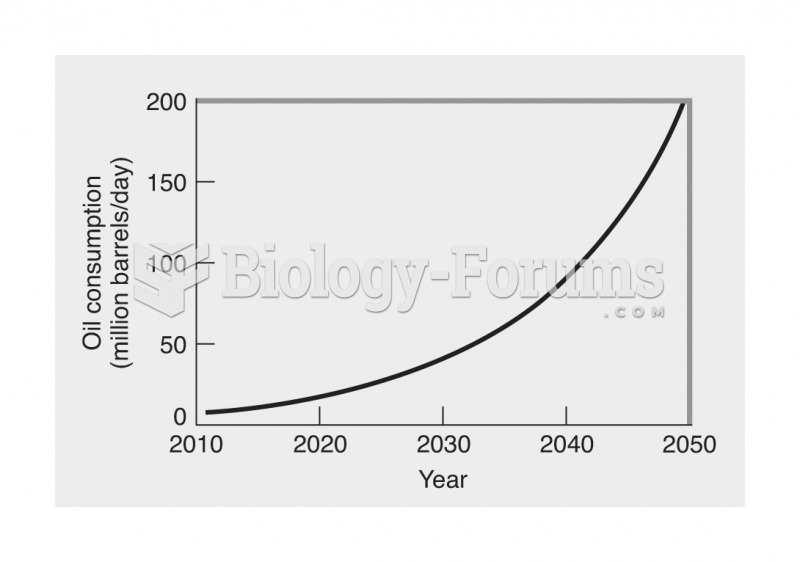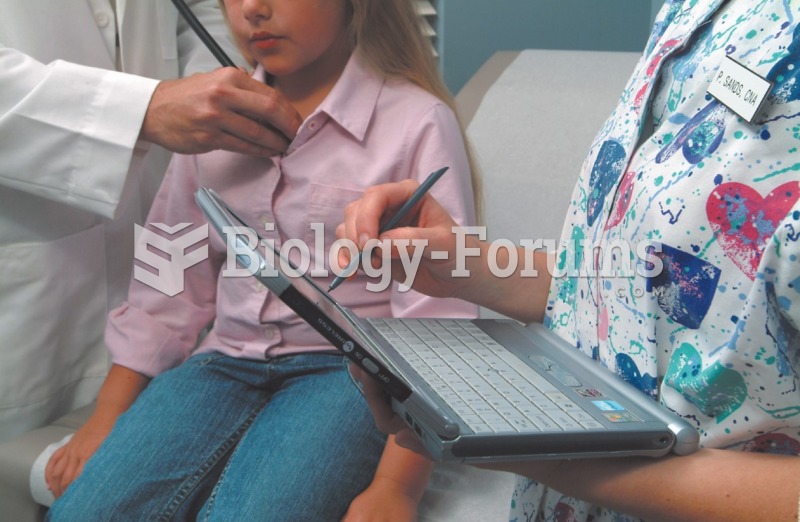Answer to Question 1
D
Answer to Question 2
1. The summary information is:
The Principles Corporation (June 2014) Actual Flexible
Budget Static
Budget
Outputs units (number of assembled units) 225 225 110
Hours of assembly time 360 450 220a
Assembly hours per unit 1.60b 2.00 2.00
Variable mfg. overhead cost per hour of assembly time 33.15d 32.00 32.00
Variable mfg. overhead costs 11,933 14,400e 7,040f
Fixed mfg. overhead costs 12,180 10,780 10,780
Fixed mfg. overhead costs per hour of assembly time 33.83g 49.00h
a 110 units 2 assembly hours per unit = 220 hours
b 360 hours 225 units = 1.60 assembly hours per unit
c 225 units 2 assembly hours per unit = 450 hours
d 11,933 360 assembly hours = 33.15 per assembly hour
e 450 assembly hours 32 per assembly hour = 14,400
f 220 assembly hours 32 per assembly hour = 7,040
g 12,180 360 assembly hours = 33.83 per assembly hour
h 10,780 220 assembly hours = 49 per assembly hour
Flexible Budget: Allocated:
Actual Costs Actual Input Qty.
Budgeted Input
Qty. Allowed Budgeted Budgeted Input
Qty. Allowed Budgeted
Incurred Budgeted Rate for Actual Output Rate
for Actual Output Rate
Variable 360
32.00 450
32.00 450
32.00
Manufacturing assy. hrs. per assy. hr. assy. hrs. per assy. hr. assy. hrs. per assy. hr.
Overhead 11,933 11,520 14,400 14,400
413 U 2,880 F
Spending variance Efficiency variance Never a variance
2,467 F
Flexible-budget variance Never a variance
2,467 F
Overallocated variable overhead
Flexible Budget: Allocated:
Actual Costs Static Budget Lump Sum Static Budget Lump Sum Budgeted Input Allowed Budgeted
Incurred Regardless of Output Level Regardless of Output Level for Actual Output Rate
Fixed 450
49.00
Manufacturing assy. hrs. per assy. hr.
Overhead 12,180 10,780 10,780 22,050
1,400 U 11,270 F
Spending Variance Never a Variance Production-volume variance
1,400 U 11,270 F
Flexible-budget variance Production-volume variance
9,870 F
Overallocated fixed overhead
The summary analysis is:
Spending
Variance Efficiency
Variance Production - Volume
Variance
Variable Manufacturing Overhead
413 U
2,880 F
Never a variance
Fixed Manufacturing Overhead
1,400 U
Never a variance
11,270 F
2. Variable Manufacturing Costs and Variances
a. Variable Manufacturing Overhead Control 11,933
Accounts Payable Control and various other accounts 11,933
To record actual variable manufacturing overhead costs
incurred.
b. Work-in-Process Control 14,400
Variable Manufacturing Overhead Allocated 14,400
To record variable manufacturing overhead allocated.
c. Variable Manufacturing Overhead Allocated 14,400
Variable Manufacturing Overhead Spending Variance 413
Variable Manufacturing Overhead Control 11,933
Variable Manufacturing Overhead Efficiency Variance 2,880
To isolate variances for the accounting period.
d. Variable Manufacturing Overhead Efficiency Variance 2,880
Variable Manufacturing Overhead Spending Variance 413
Cost of Goods Sold 2,467
To write off variable manufacturing overhead variances to cost of goods sold.
Fixed Manufacturing Costs and Variances
a. Fixed Manufacturing Overhead Control 12,180
Salaries Payable, Acc. Depreciation, various other accounts 12,180
To record actual fixed manufacturing overhead costs incurred.
b. Work-in-Process Control 22,050
Fixed Manufacturing Overhead Allocated 22,050
To record fixed manufacturing overhead allocated.
c. Fixed Manufacturing Overhead Allocated 22,050
Fixed Manufacturing Overhead Spending Variance 1,400
Fixed Manufacturing Overhead Production-Volume Variance 11,270
Fixed Manufacturing Overhead Control 12,180
To isolate variances for the accounting period.
d. Fixed Manufacturing Overhead Production-Volume Variance 11,270
Fixed Manufacturing Overhead Spending Variance 1,400
Cost of Goods Sold 9,870
To write off fixed manufacturing overhead variances to cost of goods sold.
3. Planning and control of variable manufacturing overhead costs have both a long-run and a short-run focus. It involves Principles planning to undertake only value-added overhead activities (a long-run view) and then managing the cost drivers of those activities in the most efficient way (a short-run view). Planning and control of fixed manufacturing overhead costs at Principles have primarily a long-run focus. It involves undertaking only value-added fixed-overhead activities for a budgeted level of output. Principles make most of the key decisions that determine the level of fixed-overhead costs at the start of the accounting period.







